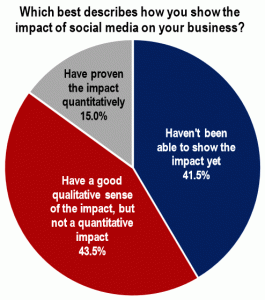With so much time being spent at home, many of us are taking advantage of the benefits of e-learning. And why not? It’s a convenient, cost-effective way of burnishing our skills or developing new ones, all while safely quarantined at home.
Even before the pandemic, e-learning was on the rise. Marketing research reports predicted that the online education market would hit $350 billion by 2025—and that was before COVID-19 forced everyone indoors.
Now, the many learning platforms spawned in recent years are seeing massive upticks in users: Coursera, which focuses on academic offerings, added 10 million new users between mid-March and mid-May. LinkedIn announced that in the first week of April alone, people watched 1.7 million hours of learning content on LinkedIn Learning. Udemy enrollments shot up 425 percent overall and increased 80 percent in business consumption. Add in the prestigious universities—such as Stanford and Harvard—that are making many of their courses available online, and there’s almost nothing you can’t learn from your home office or couch.
While current circumstances might have taken the option of in-class instruction off the table for now, there are many perks to e-learning that make it worthwhile, even without a global pandemic. Here are just a few.
Personalization
The desire to continue learning throughout life is a distinctly human trait. And in today’s ever-changing economy, it’s also necessary: According to a recent CEO PwC survey, 80% of respondents say that the need for new skills is their biggest business challenge.
For companies that offer educational resources to their employees, it’s important to consider the practical realities of their teams’ needs, or not—as Helen Smyth tells Harvard Business Review—”based on what groups think would be useful, but rather on what would actually enable someone to do something better or different at work.”
Luckily, machine learning algorithms can help take a lot of the guesswork out of how best to personalize lessons. E-learning platforms have troves of user data that can be deployed for very effective customization. For instance, if a student struggles with a particular concept in a course, the platform can recalibrate the content to give them extra help in that area.
For my company, our team integrates learning into the channels we already use, such as posting quick lessons to our company blog or sharing information through emails and newsletters.
Time
Once you’re out of school and ensconced in a career, it can be hard to carve out major chunks of time to keep learning. But e-learning is an attractive option because of the flexible time commitment it offers. Rather than being forced to stick to a rigid course schedule, people can learn when it’s convenient for them, whether it’s in the morning, evening, or even during breaks from work.
And because lessons are available on our devices, it’s easier to squeeze them in while doing other things, such as commuting on an uncrowded train or riding an exercise bike.
Another customization to keep in mind around time and learning: The more efficient and streamlined the nature of e-learning, the more opportunity to learn valuable new skills quickly.
Cost
Online learning is, on the whole, significantly more affordable than traditional courses. This is because it eliminates two major expenses: real estate and transportation. Further, study materials are often available online at no additional cost.
The strictures of coronavirus are opening up space for universities to innovate when it comes to their online course offerings. As Hans Taparia, a clinical associate professor at NYU’s Stern School of Business, wrote in a New York Times op-ed, “The pandemic provides universities an opportunity to reimagine education around the pillars of access and affordability with the myriad tools and techniques now at their disposal.”
He writes that universities don’t need to ditch in-person teaching altogether. Rather, they need to create “parallel” online degrees for their core degree programs.
“By doing so, universities could expand their reach by thousands, creating the economies of scale to drop their costs by tens of thousands.”
Social interaction
A major criticism of e-learning is that it can be isolating. This doesn’t have to be the only way. Hari Srinivasan, vice president of product management for LinkedIn Learning, tells Fast Company that people are actually bonding through e-courses in a similar way that they would in a classroom setting. “We invest in things like learning groups and the ability to share things to your network and Q&A, where you can ask a question and the instructor will come back and talk through it. And we’re just seeing massive jumps—300% increase—in people joining these learning groups,” he says.
People are discovering that there are other like-minded learners out there for them to interact with—a needed perk in a time where social isolation is taking a toll on mental health. As with so many things, just because we’re physically alone doesn’t mean we can’t form communities, the benefits of which extend well beyond learning.
Aytekin Tank is the founder of JotForm, a popular online form builder. Established in 2006, JotForm allows customizable data collection for enhanced lead generation, survey distribution, payment collections, and more.
(61)








